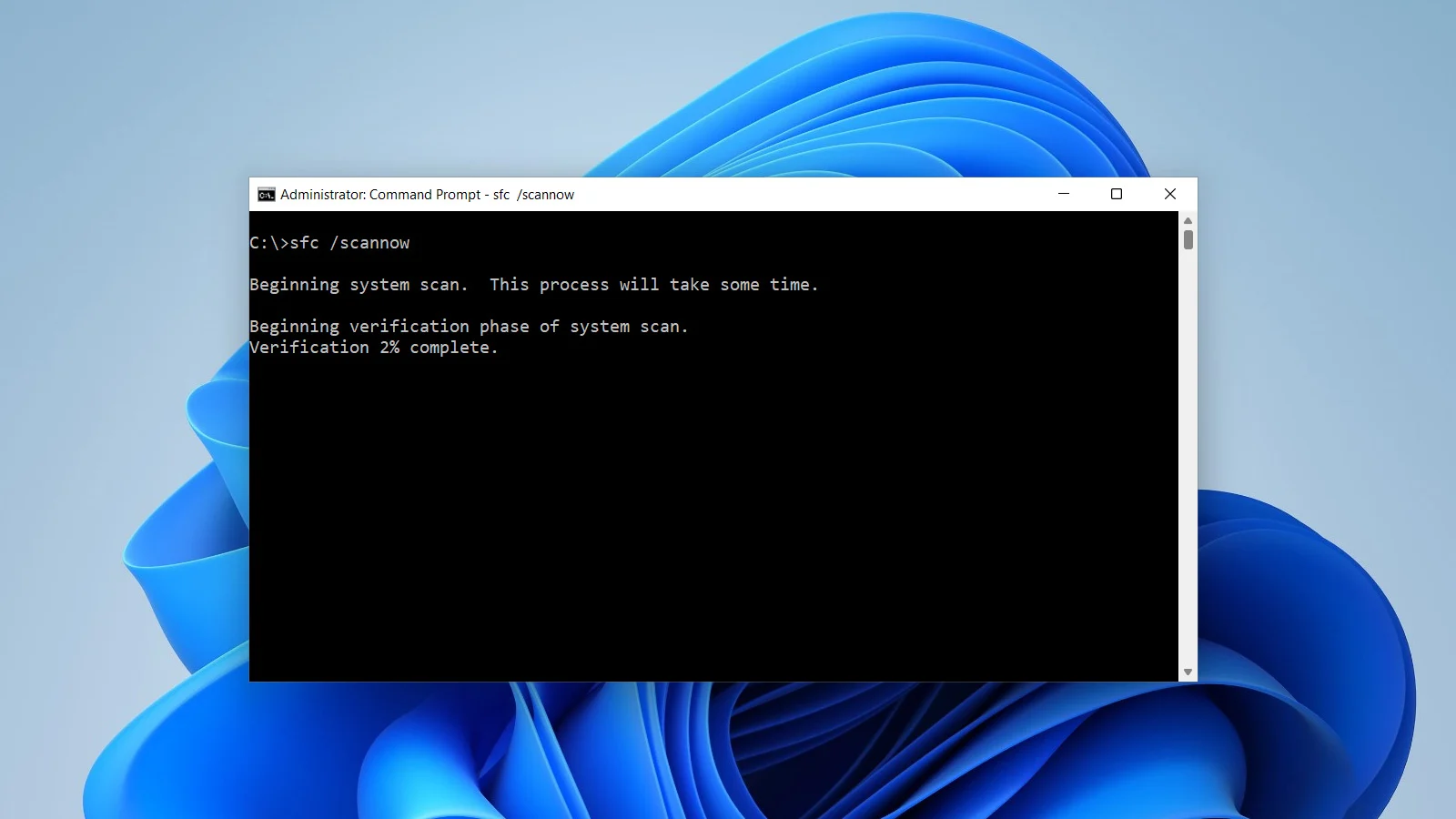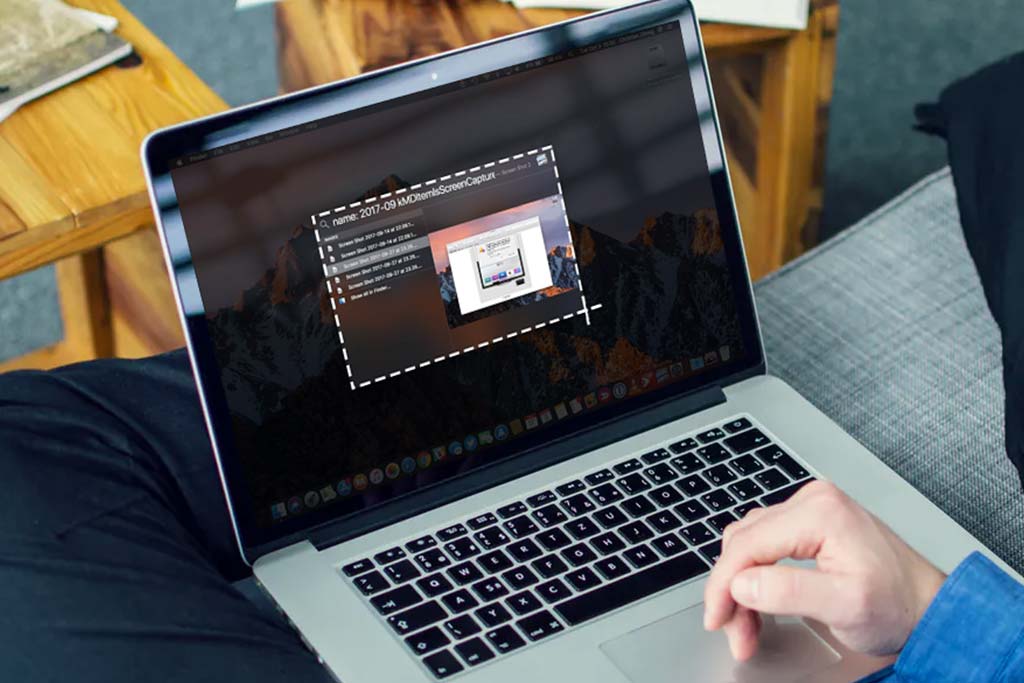7 Ways to open a command prompt window on your computer?
Welcome to Blackview (Well-known brand of mini computer and laptop) blog. Hope the guide helps.
The Command Prompt, often referred to as "cmd," is a powerful tool on Windows that allows you to run commands and perform advanced tasks. Whether you’re troubleshooting, automating tasks, or accessing certain system settings, the Command Prompt can be incredibly useful.

This guide will walk you through various methods to open the Command Prompt on Windows computers (like Windows 7, Windows 10, and Windows 11 OS, and more), including options for both standard and administrator access.
1. Opening Command Prompt via Start Menu
Steps:
- Click the Start Button (Windows icon) at the bottom-left corner of your screen.
- Type "Command Prompt" or simply type "cmd".
- Select "Command Prompt" from the search results by either clicking on it or pressing Enter.

Tip: If you want to open the Command Prompt with administrative privileges, right-click on "Command Prompt" and select Run as administrator.
- Extending reading: 2024 Laptop CPU Ranking List
2. Opening Command Prompt via the Run Dialog Box
The Run dialog is one of the quickest ways to open the Command Prompt.
Steps:
- Press Windows + R on your keyboard to open the Run dialog box.
- Type "cmd" (without quotes) and press Enter or click OK.

Note: This opens the Command Prompt as a standard user. If you want to open it as an administrator, see the next section.
3. Opening Command Prompt as Administrator via Run Dialog
To perform tasks requiring administrative privileges, you may need to open the Command Prompt with elevated rights.
Steps:
- Press Windows + R to open the Run dialog box.
- Type cmd and then press Ctrl + Shift + Enter simultaneously.
- You will be prompted by the User Account Control (UAC). Click Yes to grant permission.
4. Opening Command Prompt via Windows Search
You can use the search feature directly to open Command Prompt quickly.
Steps:
- Press the Windows key on your keyboard or click the Search bar next to the Start button.
- Type cmd or Command Prompt.
- Click the result or press Enter to open the standard Command Prompt.
- To open it with administrator rights, right-click the result and select Run as administrator.
5. Opening Command Prompt via File Explorer
File Explorer offers another method for opening the Command Prompt from any folder.
Steps:
- Open File Explorer by pressing Windows + E.
- Navigate to the folder where you want to open the Command Prompt.
- In the File Explorer address bar, type cmd and press Enter.
Note: This method opens the Command Prompt with the folder path you’re currently in. It’s particularly useful for navigating through directories quickly.
6. Opening Command Prompt via Task Manager
If you need quick access and can’t use the Start menu or Run box, Task Manager can open the Command Prompt.
Steps:
- Press Ctrl + Shift + Esc to open the Task Manager or press Ctrl + Alt + Delete and then select Task Manager.
- Click on File in the top-left corner.
- Select Run new task.
- Type cmd in the box that appears and press Enter.
Tip: If you want to run it as an administrator, check the box labeled Create this task with administrative privileges before pressing Enter.
7. Opening Command Prompt via Windows Power User Menu (Windows + X)
The Power User Menu gives you quick access to several system tools, including the Command Prompt.
Steps:
- Press Windows + X or right-click the Start button to open the Power User Menu.
- If you see Windows PowerShell instead of Command Prompt, press Windows + X, then select Command Prompt.
Note: On newer versions of Windows 10 and 11, PowerShell may have replaced Command Prompt in this menu. However, the commands you run in PowerShell are often the same as in Command Prompt.
Conclusion
Opening the Command Prompt is a simple but essential task for many Windows users. Whether you’re an advanced user performing system maintenance ora casual user looking to troubleshoot, you now have multiple methods at your disposal to access this powerful tool.
Remember, if you need administrative access, always open the Command Prompt as an administrator to avoid permission-related issues when running certain commands.


-20240912095401352.jpg)


